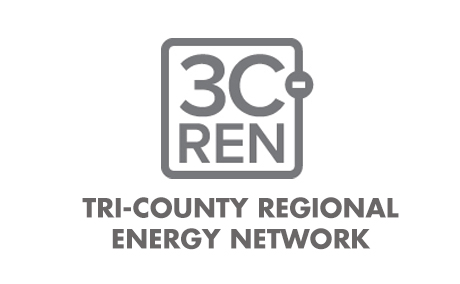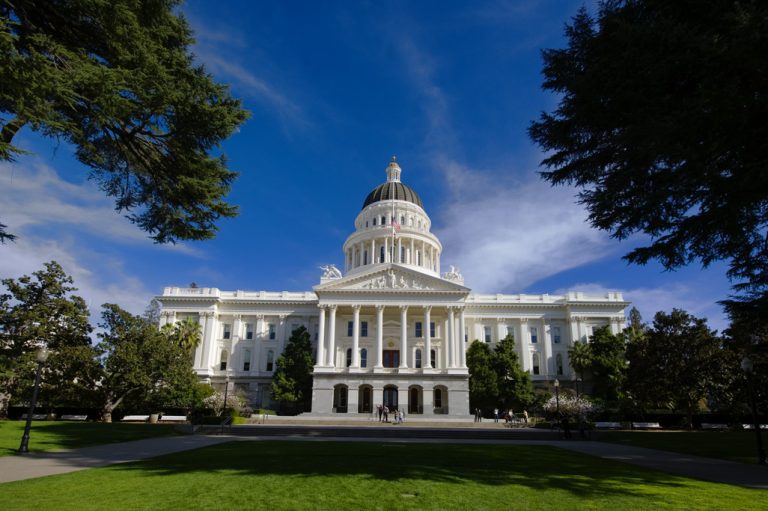

22 Ways to Save Water (and Money) at Your Small Business
California faces a growing gap between the amount of water we need and the amount that can be supplied. These water shortages are made even worse by droughts.
In 2015, for instance, California’s governor had little choice but to set statewide, mandatory reductions in water use because of persistent drought conditions. Changes in the climate may exacerbate this problem.
A growing population and a booming economy are now placing more and more demands on already-stretched water supplies. This scarcity of water could lead to increased prices or decreased access or both.
In order to compete in a water-scarce world, businesses must learn how to do more with less. And to help in that pursuit, we’ve assembled a list of best practices that any business can adopt to start saving water and money.
Plumbing. A large amount of water can be lost to leaky pipes and faucets. To check if you have a leak:
- Find your water meter and write down the numbers shown.
- Turn off all faucets and make sure no one uses any water on the premises for the next 60 minutes.
- Afterwards, read your water meter. If the numbers have changed, there may be a leak.
- Check your toilet for leaks or contact a licensed plumber.
Bathroom. A large portion of water use in any building occurs in the bathroom. That makes it low-hanging fruit for water bill savings.
Toilets & Urinals.
- Make sure your toilet doesn’t leak.
- Replace older toilets with high-efficiency toilets that do not exceed 1.28 gallons per flush. When shopping for toilets, look for the WaterSense logo.
- If replacements are not possible, retrofit older toilets with a tank bank insert.
- If daily bathroom traffic is high, consider purchasing a waterless urinal.
Pro tip: Secure a rebate for toilet upgrades from your water utility or the California Green Business Network. Learn more about how to finance your sustainability upgrades.
Showers.
- Install a low-flow shower head that does not exceed 1.8 gallons per minute.
- Insulate your hot water pipes to prevent heat loss and reduce wait times.
Sinks.
- Fix leaky faucets.
- Install low-flow faucet aerators that do no exceed 0.5 gallons per minute.
Kitchen. Water use in the kitchen accounts for a significant portion of total water consumption. Luckily, there are many quick and cost-effective ways to save water in the kitchen.
Dishwashers.
- Install energy- and water-efficient dishwashers with an ENERGY STAR® label.
- Run the dishwasher only when it’s full.
Sinks.
- Install low-flow faucet aerators that do not exceed 1.5 gallons per minute.
- FOR RESTAURANTS: Install a low-flow pre-rinse spray nozzle with a WaterSense label.
- Compost food scraps instead of using the garbage disposal.
Laundry. Inefficient washing machines can cost 300% more to operate than ones that are energy- and water-efficient. To save water:
-
- Run your washing machine only when it’s full.
- Install an ENERGY STAR® certified washing machine.
Staff. Any business can promote water conservation through employee participation. It’s easy, cost-effective, and positive for morale. To implement water conservation practices in your business, follow these steps:
- Talk to your staff about water saving initiatives.
- Appoint a “water champion” to check meters and monitor water usage.
- Establish a baseline for water use and set achievable reduction targets.
- Discuss water efficiency at team meetings and provide regular updates on consumption.
- Encourage, incentivize, and reward water-efficiency contributions and ideas across the organization.
- Include water conservation policies and procedures in on-boarding materials
When to schedule a water audit?
If you own a water-intensive business such as a restaurant, hotel, dry cleaner, or car wash, you should seriously consider scheduling a water audit.
A water audit is a comprehensive assessment of your water consumption that identifies leaks and provides detailed information on all the water saving opportunities mentioned in this article and more. Some water utilities provide free audits to their commercial customers and many more provide rebates for water-efficiency upgrades.
If you found this article useful, you’ll love learning about how sustainability can optimize your business’s outcomes for free.
Learn more



